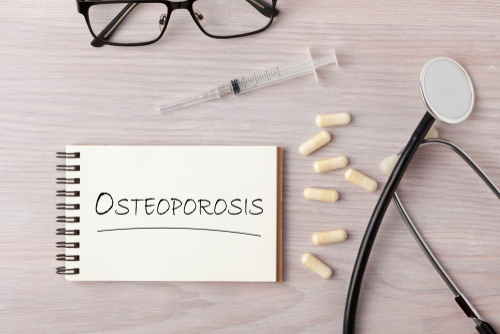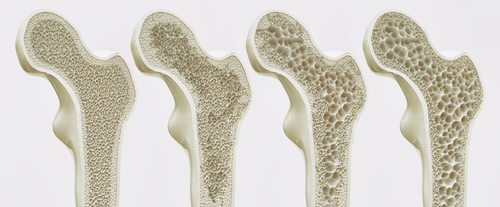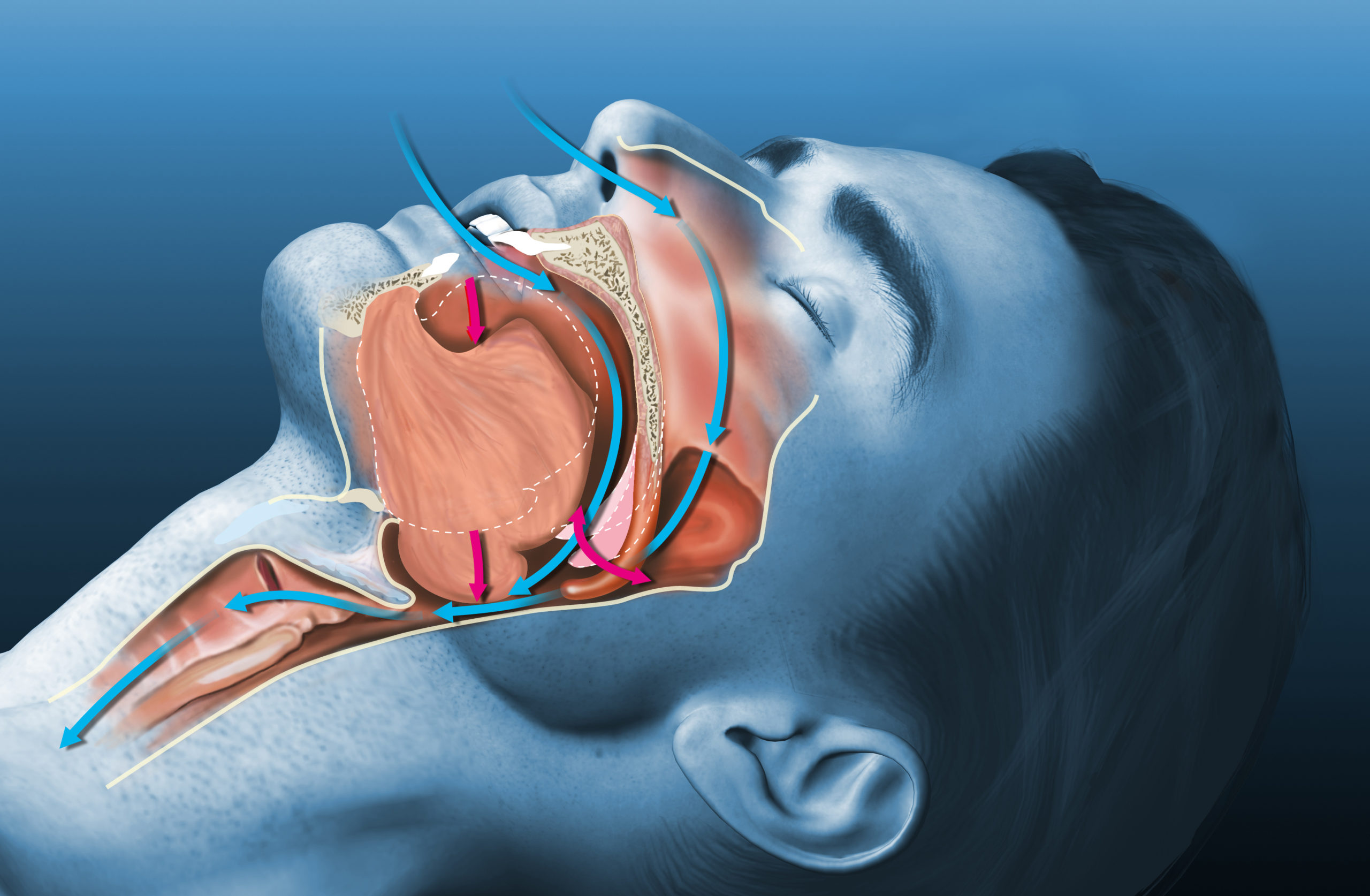
A new study suggests that oral anticoagulant use in patients with non-valvular atrial fibrillation (Afib) may put them at an elevated risk for bone fractures. This work was published online in the Journal of the American College of Cardiology.
Significantly lower risks of poor osteoporotic outcomes were correlated with direct oral anticoagulant (DOAC) use compared with vitamin K antagonist (VKA) therapy. This risk in each group, respectively, was 3.09% vs 3.77% for any fracture, 2.29% vs 2.82% for major osteoporotic fractures, 2.44% vs 3.14% for the initiation of osteoporosis medication, and 5.21% vs 6.43% for any fracture or starting osteoporosis medication.
“Because of a more favorable skeletal health profile, DOAC treatment could be preferred to VKA in patients with Afib with strong risk factors for osteoporotic fractures,” explained Casper Binding, BMedSc, Copenhagen University Hospital Herlev and Gentofte in Denmark, and colleagues.
The team noted that VKAs such as warfarin have been used in treating stroke prophylaxis for years. Newer DOACs have displayed efficacies similar to that of warfarin in preventing Afib patients from experiencing stroke and do not require international normalized ratio (INR) monitoring.
In their study, the researchers identified 37,350 non-valvular Afib patients from the Danish National Patient Register. These patients had no prior use of osteoporosis medication and had been through 180 days of oral anticoagulation using a VKA or DOAC. Treatments used included dabigatran, rivaroxaban, apixaban, and edoxaban.
The team found that two-thirds of the patient population had undergone DOAC instead of VKA. Those who received DOAC were significantly older, more likely to be female, and were frequently on hormone-replacement therapy. These patients were also more likely to have had previous fractures, alcohol abuse issues, or stroke.
“Studies suggest a link between warfarin and undercarboxylated osteocalcin, which is associated with low bone mineral density,” the authors wrote. “These results correlate with findings that propose a connection between warfarin and an increased risk of osteoporotic fractures.”
Some hypothesize that dietary restrictions tethered to VKA treatment lead to low folic acid intake and hyperhomocysteinemia, and as a result, reduced bone strength. The researchers note that their main findings align with those of a previously conducted study involving Chinese patients.
“The results of our study not only support what other studies have suggested but also, more importantly, they show that the risk reductions apply to nationwide data from a Western society and persist when all DOACs are analyzed and compared with VKA,” said the researchers.
“Because patients with low creatinine clearance or low BMI are both more likely to have an osteoporotic fracture and to be prescribed a VKA rather than a DOAC, residual confounding could have exaggerated the association between VKA and fracture,” wrote Brian Gage, MD, MSc, of Washington University in St. Louis, Missouri in an accompanying editorial.
“Thus, at least for patients who have Afib and no prior osteoporotic fracture (the population studied), the decision to prescribe a VKA or a DOAC should depend on the risks of ischemic stroke, hemorrhage, need for monitoring, and affordability rather than on the risk of osteoporotic fracture,” Gage argued.
He concluded that the researchers “had a strong biochemical basis to search for a link between VKAs and osteoporotic fracture,” and that “their well-done observational study provides additional evidence of this link, but residual confounding may have exaggerated the association.”
Oral Anticoagulant Choice Matters in Bone Health, Study Finds https://t.co/mEYIs7tX7G
— NBCA (@StopTheClot) October 22, 2019







 © 2025 Mashup Media, LLC, a Formedics Property. All Rights Reserved.
© 2025 Mashup Media, LLC, a Formedics Property. All Rights Reserved.